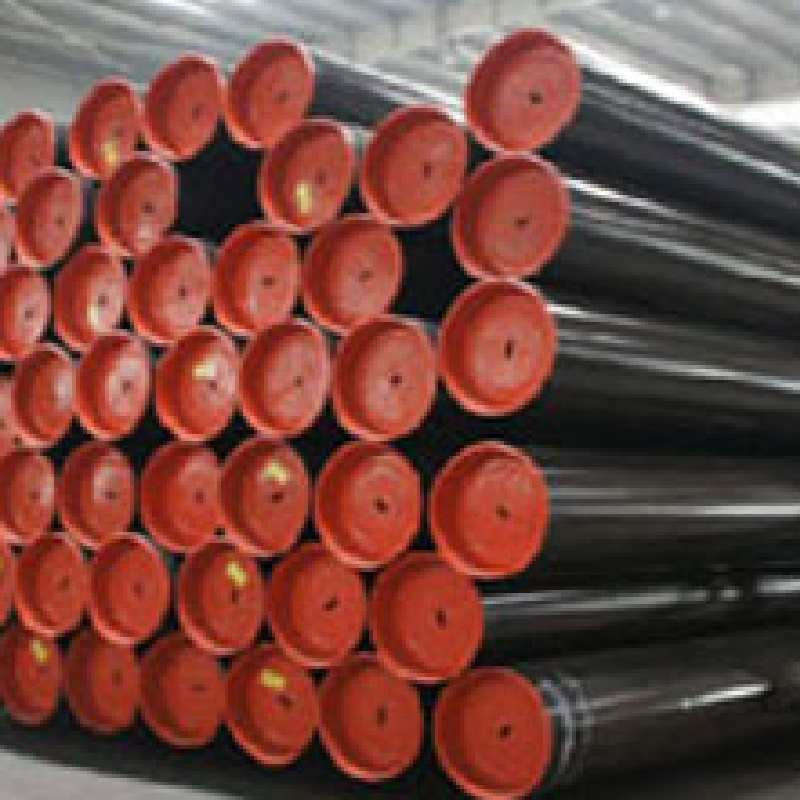-
Cangzhou Yulong Steel Co., Ltd.
-
Phone:
+86 13303177267 -
Email:
admin@ylsteelfittings.com
- English
- Arabic
- Italian
- Spanish
- Portuguese
- German
- kazakh
- Persian
- Greek
- French
- Russian
- Polish
- Thai
- Indonesian
- Vietnamese
- Zulu
- Korean
- Uzbek
- Hindi
- Serbian
- Malay
- Ukrainian
- Gujarati
- Haitian Creole
- hausa
- hawaiian
- Hebrew
- Miao
- Hungarian
- Icelandic
- igbo
- irish
- Japanese
- Javanese
- Kannada
- Khmer
- Rwandese
- Afrikaans
- Albanian
- Amharic
- Armenian
- Azerbaijani
- Basque
- Belarusian
- Bengali
- Bosnian
- Bulgarian
- Catalan
- Cebuano
- China
- China (Taiwan)
- Corsican
- Croatian
- Czech
- Danish
- Esperanto
- Estonian
- Finnish
- Frisian
- Galician
- Georgian
- Kurdish
- Kyrgyz
- Lao
- Latin
- Latvian
- Lithuanian
- Luxembourgish
- Macedonian
- Malgashi
- Malayalam
- Maltese
- Maori
- Marathi
- Mongolian
- Myanmar
- Nepali
- Norwegian
- Norwegian
- Occitan
- Pashto
- Dutch
- Punjabi
- Romanian
- Samoan
- Scottish Gaelic
- Sesotho
- Shona
- Sindhi
- Sinhala
- Slovak
- Slovenian
- Somali
- Sundanese
- Swahili
- Swedish
- Tagalog
- Tajik
- Tamil
- Tatar
- Telugu
- Turkish
- Turkmen
- Urdu
- Uighur
- Welsh
- Bantu
- Yiddish
- Yoruba

Sep . 10, 2024 05:38 Back to list
1 Inch Pipe Flange - Specifications, Types, and Applications
Understanding 1 Inch Pipe Flanges A Comprehensive Guide
Flanges are critical components in piping systems, serving as joints between pipes, valves, and other equipment. Among various types and sizes of flanges, the 1 inch pipe flange holds significant importance due to its widespread application in various industries. Understanding its specifications, uses, and installations is essential for engineers and technicians working with piping systems.
What is a 1 Inch Pipe Flange?
The term 1 inch pipe flange typically refers to a flange designed to fit 1-inch diameter pipes. The 1 inch notation suggests that there might be a formatting error, as it should simply be 1 inch. Flanges are available in various materials, including stainless steel, carbon steel, and plastic, making them suitable for different applications, from water distribution to chemical processing.
Types of 1 Inch Pipe Flanges
There are several types of flanges available for 1-inch pipes, including
1. Weld Neck Flanges These flanges have a long neck that can be welded to the pipe. They provide strength and are often used in high-pressure applications.
2. Slip-On Flanges As the name suggests, these flanges slip over the pipe. They are easier to install but should be welded for secure fitting.
3. Blind Flanges Used to seal the end of a piping system, blind flanges do not have a hole in the center.
4. Threaded Flanges These flanges have internal threads, allowing them to be screwed onto pipes. They are ideal for systems that require frequent maintenance.
5. Socket Weld Flanges These flanges are designed for use with pipes that have a socket on the flange for welding.
Applications of 1 Inch Pipe Flanges
1 inch pipe flange

1-inch pipe flanges are widely used in various industries, including
- Water and Wastewater Treatment Flanges are essential for connecting pipes and managing the flow of water in treatment facilities.
- Oil and Gas In the energy sector, 1-inch flanges are used to connect piping systems in refineries and drilling operations.
- Manufacturing Many manufacturing processes involve fluids and gases, and flanges are used to create secure connections in these systems.
Installation and Maintenance
Proper installation of 1-inch flanges is vital to ensure the integrity of the piping system. Key steps include
1. Preparation Ensure that the pipe ends and flange surfaces are clean and free of any debris.
2. Alignment Flanges should be aligned carefully to avoid stresses that may lead to leaks.
3. Fastening When bolting flanges together, use a crisscross pattern to ensure even tightening, and adhere to the torque specifications provided by the manufacturer.
4. Inspection Regular maintenance and inspection are crucial for identifying wear or damage, thereby preventing potential failures.
In conclusion, understanding the nuances of 1-inch pipe flanges is essential for anyone involved in piping system design and maintenance. Their varied types and applications make them indispensable components in various industries, ensuring safe and efficient fluid transfer. Proper selection, installation, and maintenance will help maximize the lifespan and effectiveness of these critical components.
Latest news
-
ANSI 150P SS304 SO FLANGE
NewsFeb.14,2025
-
ASTM A333GR6 STEEL PIPE
NewsJan.20,2025
-
ANSI B16.5 WELDING NECK FLANGE
NewsJan.15,2026
-
ANSI B16.5 SLIP-ON FLANGE
NewsApr.19,2024
-
SABS 1123 FLANGE
NewsJan.15,2025
-
DIN86044 PLATE FLANGE
NewsApr.19,2024
-
DIN2527 BLIND FLANGE
NewsApr.12,2024
-
JIS B2311 Butt-Welding Fittings LR/SR 45°/90° /180°Seamless/Weld
NewsApr.23,2024











